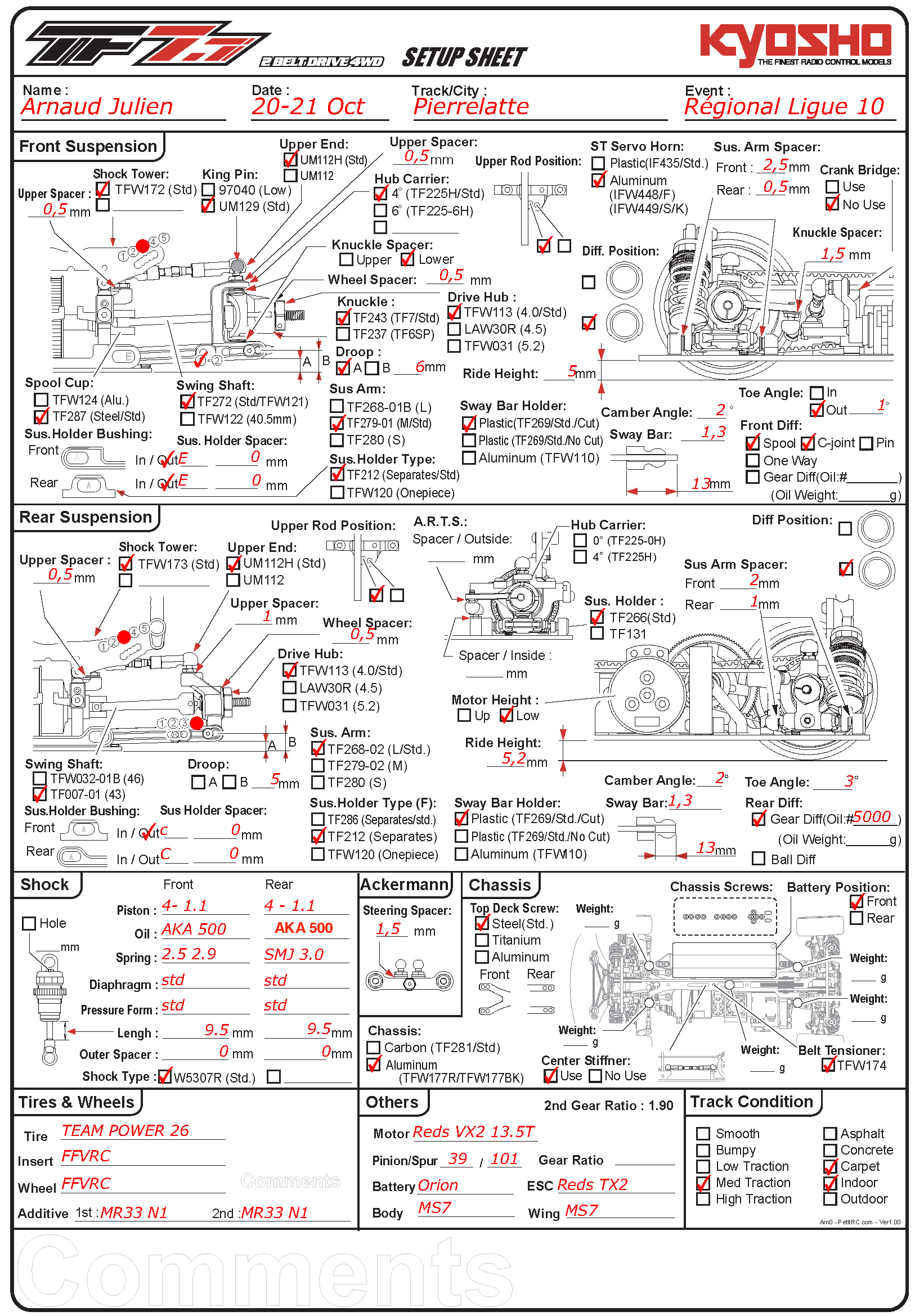

I like to start assembling my hamburger while waiting for the patties to be cooked. More topping options: caramelized onions, bell pepper, guacamole, and chili, etc.Standard toppings: lettuce, tomato, onion, and pickles.Sauce/condiment options: mayo, mustard, relish, sriracha or the mix of a few.Hamburgers are the ultimate “build-your-own” meal, and here are some ideas for tasty toppings and sauce.


Let them rest for about 10 minutes and pat dry the surface. The buns: Toast the buns so that they’re crisp on the outside and soft on the inside.The cheese: the classic cheese to use is cheddar, but American cheese also works great for this recipe.So it’s best to use a regular zip-top bag, and vacuum seal using water displacement technique. A vacuum sealer sucks too much air out of the bag and will overcompress the meat, resulting a rather dense burger. Don’t use a vacuum-sealer. Usually it’s better to remove as much air as possible for sous vide cooking, but this recipe is an exception.(Note that indentation is not necessary for sous vide cooking). Make them slightly bigger than your buns as they will shrink a little bit during cooking. When forming the patties, don’t overcompress the meat.Below is the guidance for other doneness: Sous Vide Temperature At this doneness, the burger is tender and juicy with a pale pink color. Note that the temperature will rise about 10☏ during searing to 145☏. My favorite temp to sous vide hamburger is 135☏ (57☌). So your beef is safe to eat after the long cooking time in the warm water bath. The USDA temp guide is for the traditional cooking methods, but pasteurization is based on both the temp and time at that temp. But with sous vide cooking, we can set the temperature below that, and the meat is safe to eat. If you cook your burgers the traditional way, the answer is yes. You may ask: do you have to cook it above 160☏ as USDA says that’s the minimum temperature for cooked ground beef? Well, it depends. Then you can quickly sear them on the grill or in a skillet to add some beautiful color. Let them rest briefly and season with more salt and pepper. Sear: After sous vide cooking, your burgers are fully cooked.Sous vide cook: Place seasoned patties into a zip-lock bag, and vacuum seal the bag using the water displacement technique (see recipe for details).Season: Sprinkle both sides of the burger with salt and pepper.Form patties: Shape into 4 patties and chill them for at least 20 minutes before sous vide cooking.This sous vide burger recipe is incredibly easy – just follow some simple steps below: If yours is a 90/10 mix, you can add a tablespoon of olive oil or some finely chopped bacon to the meat. The fat helps to make a juicier burger as well as adding more flavors. It’s best to use an 80/20 mix (meaning 20% fat) which has more fat. Great hamburgers start with the right ground beef. You can spend the time with your guests and let the sous vide machine do the work for you! Best of all, no more babysitting your grill while cooking.It’s foolproof as you can set the temperature precisely, and you’ll never overcook or undercook your burgers again! Plus, your burger will be evenly cooked edge to edge.This sous vide hamburger recipe produces the super juicy burger that’s impossible to achieve with traditional method.You can cook the vacuum-sealed food to a very precise temperature in the warm water bath. With the traditional cooking methods, burgers are so easy to turn tough, falling apart, charred outside but somehow raw in the middle.Įnter sous vide! It’s a water bath cooking method by using an immersion circulator to heat the water to a certain temperature. We all know that grilling hamburgers, especially thick ones, is much trickier than grilling a steak. The Best Sous Vide Hamburger Why sous vide burgers are the BEST?


 0 kommentar(er)
0 kommentar(er)
